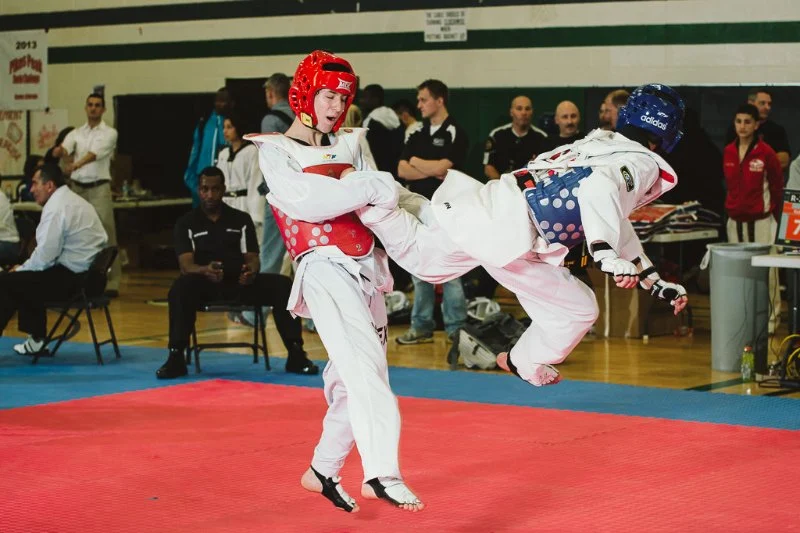
The Evolution of Safety Rules in Tae Kwon Do Sparring
- 1. Understanding Tae Kwon Do Sparring
- 2. History of Safety Rules in Tae Kwon Do
- 3. The Impact of Technology and Sports Science
- 4. Modern Safety Measures in Tae Kwon Do Sparring
Tae Kwon Do, a Korean martial art known for its high-flying kicks and fast-paced combat, has evolved over time. While its focus remains on discipline, precision, and self-defense, safety has become a critical aspect of the sport, especially during sparring. As the sport grew internationally, so did the need for stronger safety protocols. This article explores how safety rules in Tae Kwon Do sparring have evolved over the years and why they are essential for the health of athletes.

CKO Kickboxing Sheepshead Bay / cko kickboxing sheepshead bay brooklyn ny
2615 E 17th St, Brooklyn, NY 11235, USA
1. Understanding Tae Kwon Do Sparring
Sparring in Tae Kwon Do, also known as "Gyorugi," is a competitive form of fighting where two practitioners demonstrate their skill, speed, and control. It involves various techniques, such as punches, kicks, blocks, and strikes, with the aim of scoring points while adhering to specific rules.
Due to the nature of the sport, which includes powerful kicks and close-range techniques, sparring can lead to injuries if safety measures are not followed. For this reason, the sport has seen the development of comprehensive rules that prioritize the well-being of the participants.

Wolf MMA / wolf hills jiu jitsu
Falls ChurchFairfax CountyVirginia
7799 Leesburg Pike suite 110, Falls Church, VA 22043, USA
2. History of Safety Rules in Tae Kwon Do
In the early days of Tae Kwon Do competitions, there were few regulations regarding safety, and injuries were more common. In fact, sparring was often brutal, with minimal gear, and competitors would fight until one person was unable to continue. This lack of safety measures led to the recognition that the sport needed to evolve to protect the participants.
As Tae Kwon Do gained popularity globally, governing bodies like the World Taekwondo Federation (WTF), now simply known as World Taekwondo, implemented rules designed to ensure the safety of the athletes. Some of these early changes included the introduction of protective gear such as headgear, chest protectors, and mouthguards.
3. The Impact of Technology and Sports Science
As with many other sports, advances in technology and sports science have had a profound impact on the development of safety rules in Tae Kwon Do. With the rise of sports medicine and biomechanical studies, there has been a greater focus on preventing injuries related to repetitive motions, poor form, and impacts on the body.
One of the major advancements was the introduction of electronic scoring systems. These systems are designed to monitor the force of strikes and ensure that they are within safe limits. By using sensors embedded in the chest protectors and headgear, the systems are able to record the power of an attack, reducing the likelihood of dangerous hits that could lead to serious injury.
4. Modern Safety Measures in Tae Kwon Do Sparring
Today, Tae Kwon Do sparring has evolved into a much safer sport due to the implementation of various modern safety measures:
- Protective Gear: Modern athletes wear comprehensive protective gear that includes headgear, body protectors, groin guards, shin protectors, and gloves. This equipment helps absorb the impact of strikes and reduces the risk of head injuries, bruises, and cuts.
- Weight Classifications: In order to prevent mismatches and excessive force, Tae Kwon Do competitors are divided into weight classes. This ensures that fighters of similar size and strength are matched against each other, minimizing the risk of injury.
- Control of Intensity: To prevent excessive force during sparring, competitions are often divided into points systems that focus on controlled, precise attacks rather than brute force. Points are awarded for controlled strikes that demonstrate accuracy and technique.
- Injury Protocols: World Taekwondo and local governing bodies have established protocols for handling injuries during competitions. If a competitor is injured, referees can stop the match, and medical personnel are on hand to assess the injury and determine whether the competitor can continue.
As the sport continues to grow, so will the emphasis on athlete safety. With advancements in technology, better training for referees, and improved protective gear, the future of Tae Kwon Do sparring looks promising in terms of safety and fairness.
If you're interested in further exploring the world of Tae Kwon Do or looking for quality gear and training resources, be sure to visit Jeuns TKD Hub for the best products and services that will support your journey in this exciting martial art.





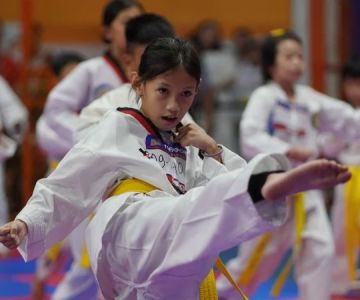
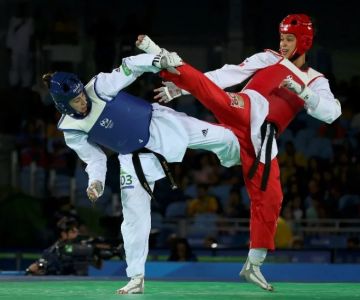
 Rodriguez Taekwondo4.0 (29 reviews)
Rodriguez Taekwondo4.0 (29 reviews) Genbukan Kobushi Dojo5.0 (16 reviews)
Genbukan Kobushi Dojo5.0 (16 reviews) Tigereye TaeKwonDo, Inc.5.0 (20 reviews)
Tigereye TaeKwonDo, Inc.5.0 (20 reviews) Colorado Martial Arts Academy5.0 (27 reviews)
Colorado Martial Arts Academy5.0 (27 reviews) Double Dragon Tang Soo Do4.0 (138 reviews)
Double Dragon Tang Soo Do4.0 (138 reviews) Steve Fisher Karate Studio5.0 (7 reviews)
Steve Fisher Karate Studio5.0 (7 reviews)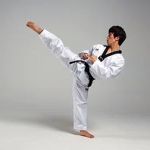 How to Execute a Jumping Roundhouse Kick to the Head
How to Execute a Jumping Roundhouse Kick to the Head How to Execute a Double Kick Combination in Sparring
How to Execute a Double Kick Combination in Sparring How to Perform a Flawless Axe Kick: A Step-by-Step Guide
How to Perform a Flawless Axe Kick: A Step-by-Step Guide DIY Tae Kwon Do Training Equipment for Home Practice
DIY Tae Kwon Do Training Equipment for Home Practice How to Increase Your Vertical Jump for Tae Kwon Do Flying Kicks
How to Increase Your Vertical Jump for Tae Kwon Do Flying Kicks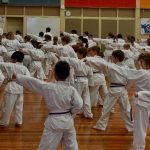 The History of the Tae Kwon Do Peace Corps
The History of the Tae Kwon Do Peace Corps